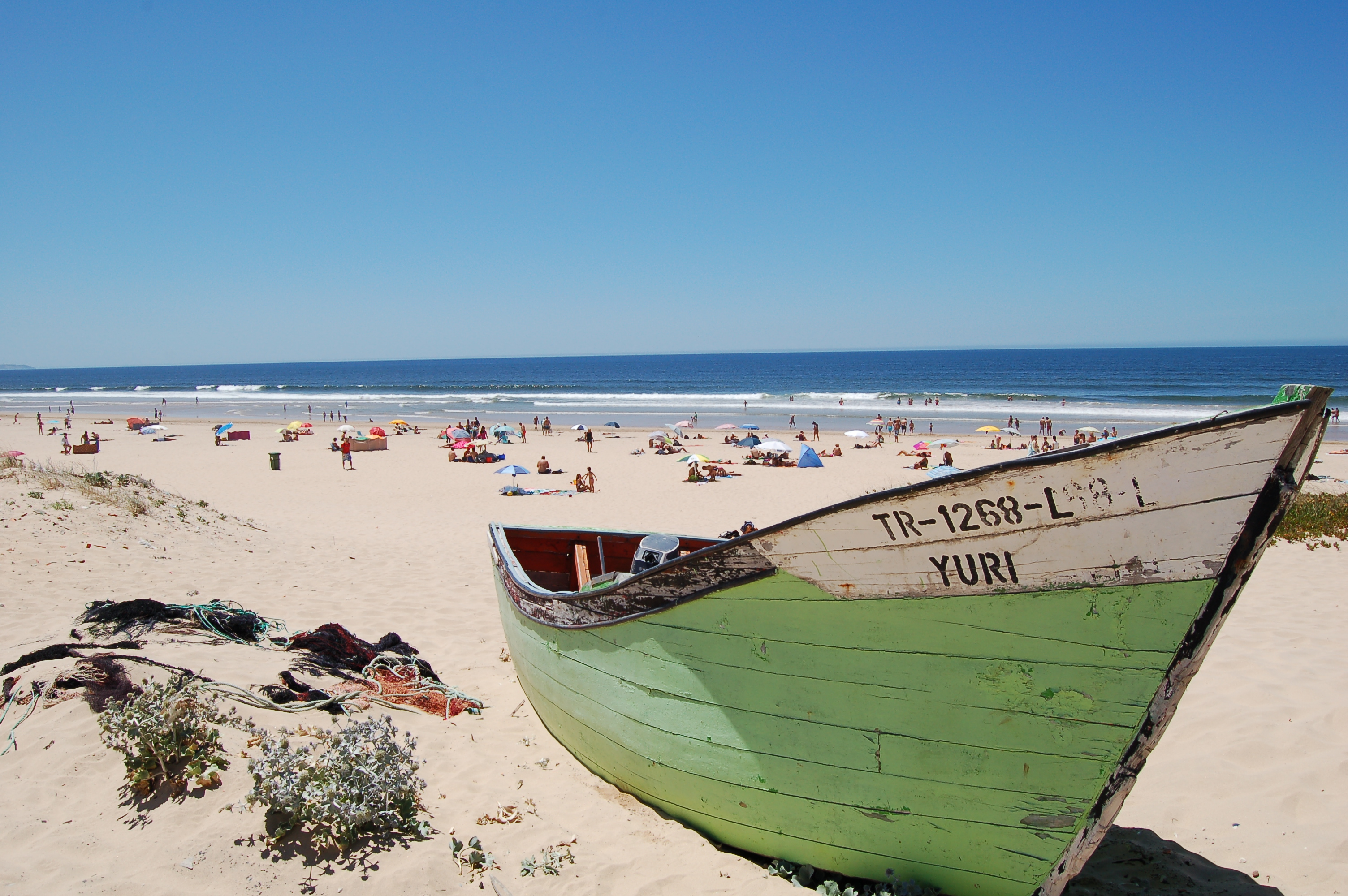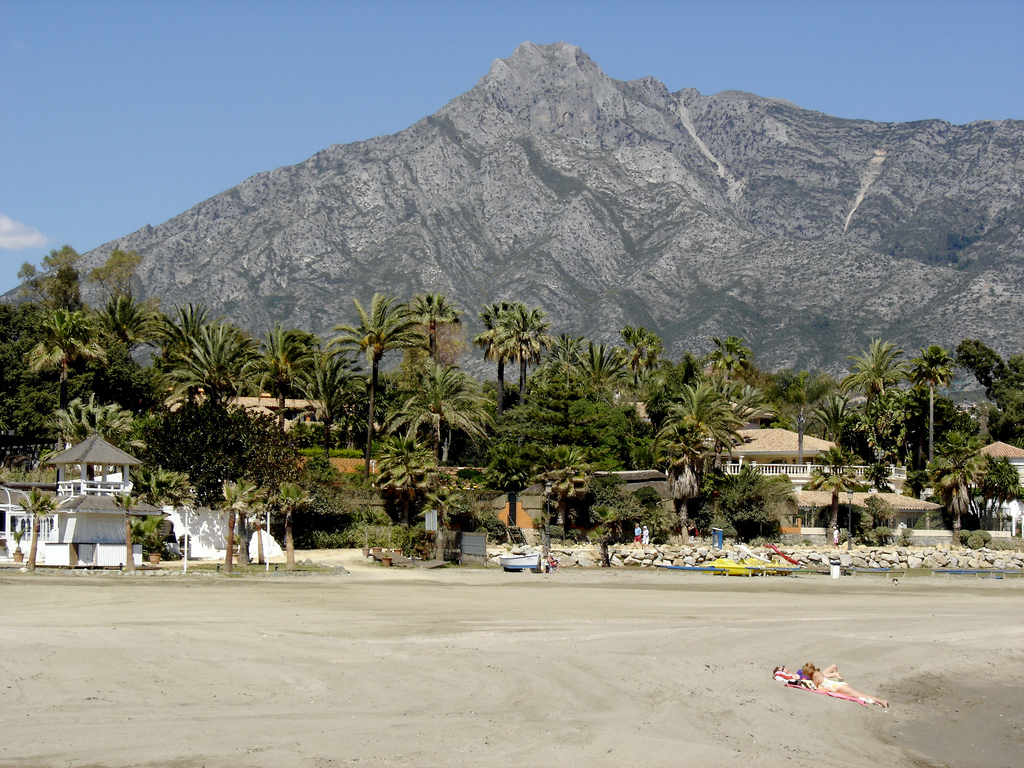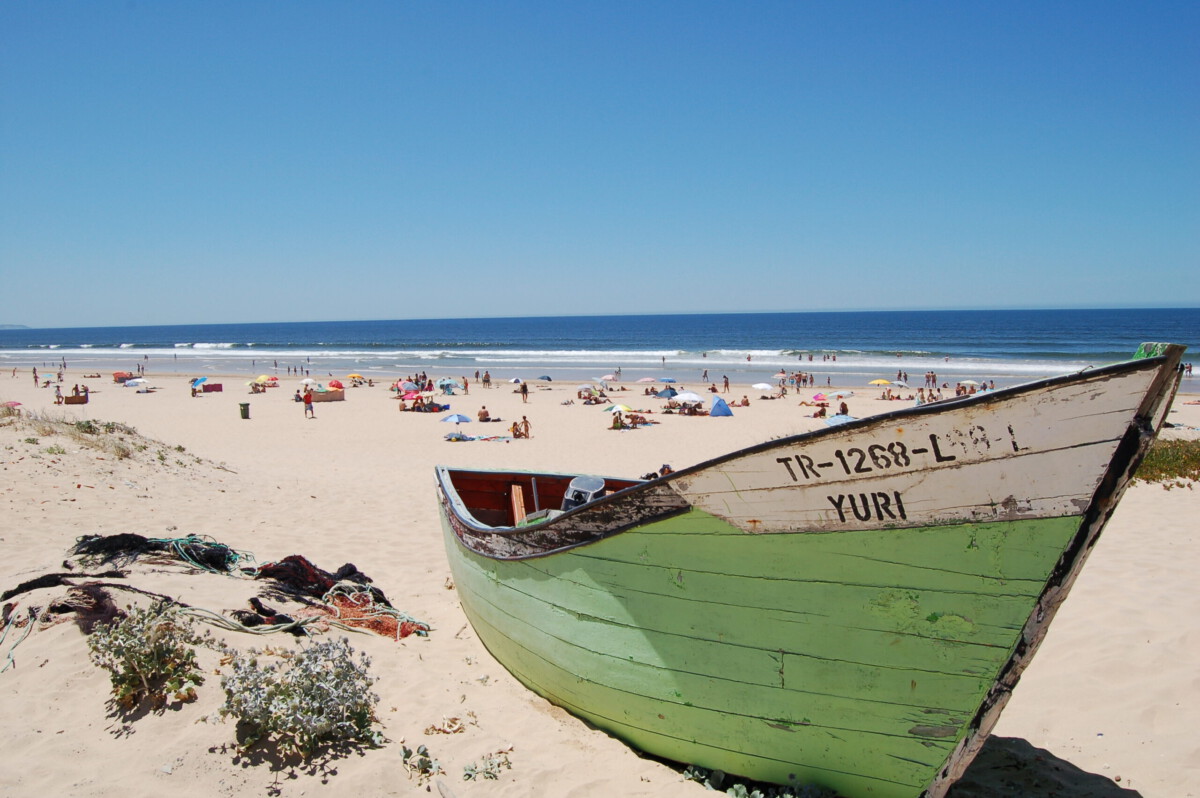Portugal: Sunshine Paradise of Europe

Portugal stands out as a sunshine magnet in Europe, especially in the Algarve region, which is famous for its golden beaches and mild winters. The country gets more than 300 days of sunshine each year, offering an average winter temperature of 15°C and summer highs that regularly hit 30°C. Locals and visitors alike rave about the Mediterranean climate, which means hot, dry summers and mild, rainy winters. This weather is a major reason why Portugal’s tourism numbers have soared—over 27 million visitors arrived in 2023, according to the Portuguese National Institute of Statistics. People flock here not just for the scenery, but for the outdoor lifestyle the weather allows: think coastal hikes, fresh seafood meals on sunny terraces, and endless beach days. The mild climate is also a magnet for retirees and expats seeking a laid-back, sun-filled life. The Portuguese government continues to invest in sustainable tourism, ensuring that these natural advantages are preserved for the future. Portugal’s near-perfect climate is a big reason why it’s constantly ranked among the world’s best places to live.
Spain: Endless Summer Along the Mediterranean

Spain, with its golden coasts and lively cities, is a dream for anyone who loves warm weather. Especially in regions like Costa del Sol, the Mediterranean climate brings around 300 sunny days every year, with average annual temperatures of 18°C and summer highs reaching up to 35°C. This climate supports the famous Spanish outdoor lifestyle, filled with festivals, street markets, and late-night gatherings. In 2024, Spain saw a 5% rise in tourism, a trend directly tied to its inviting weather, according to government statistics. The country’s beaches are packed with visitors and locals alike, while the mild winters mean outdoor cafes stay busy year-round. Spain’s commitment to sustainable tourism protects its coastlines and countryside, helping preserve the very climate that makes it so popular. The sunny weather isn’t just good for vacations—it’s woven into Spanish culture, encouraging a social, relaxed way of life.
Australia: Where the Sun Meets the Surf

Australia is a land of climate contrasts, but cities like Sydney and Brisbane are famous for their temperate weather, which means mild winters and warm, sunny summers. In Sydney, winter temperatures hover around 17°C, while summer days can reach a pleasant 26°C. This climate is perfect for the outdoor Australian lifestyle—surfing, picnicking in parks, and outdoor barbecues are national pastimes. According to the Australian Bureau of Meteorology, while average temperatures have been rising, the coastal cities remain comfortable and inviting. In 2023, Australia welcomed more than 9 million international visitors, many drawn by the promise of sunshine and blue skies. The country’s beaches and natural parks are alive with locals and tourists year-round, and the government continues to promote green tourism to protect these treasures. The weather in Australia doesn’t just shape the landscape; it shapes the laid-back, adventurous spirit of the people who live there.
Costa Rica: Tropical Bliss and Eco-Adventures

Costa Rica’s climate is pure tropical magic, with two main seasons: dry (December to April) and rainy (May to November). Average temperatures range from 20°C in the higher elevations to 30°C along the coast, making it a comfortable destination any time of year. This climate supports Costa Rica’s lush rainforests, vibrant wildlife, and stunning beaches, which are the backbone of its booming eco-tourism industry. In 2024, eco-tourism surged by 10%, as reported by the Costa Rican Tourism Board, with travelers seeking nature experiences in perfect weather. The year-round warmth means that adventure activities—like ziplining, surfing, and hiking volcanoes—are always in season. Costa Rica’s commitment to sustainability ensures that its climate and biodiversity are protected, attracting visitors who care about both comfort and conservation. The country’s weather is more than just pleasant; it’s a key part of what makes Costa Rica a world leader in green travel.
Mexico: Year-Round Warmth and Vibrant Culture

Mexico’s climate is a tapestry of sun and warmth, especially in popular destinations like Cancun and Playa del Carmen, where temperatures range from 24°C in winter to 32°C in summer. The tropical climate means beach weather is almost always guaranteed, and the warm nights are perfect for exploring lively city streets and outdoor festivals. In 2023, Mexico hosted over 40 million tourists, according to government tourism statistics, with many lured by the promise of endless sunshine and turquoise seas. The weather is so reliable that outdoor living is a way of life—street food, open-air markets, and beachside celebrations happen all year. The Mexican government has made big strides in promoting eco-friendly tourism, aiming to protect both the climate and the country’s stunning natural settings. For sun seekers, Mexico’s climate offers more than just a vacation—it’s an invitation to a vibrant, outdoor lifestyle.
New Zealand: Mild, Green, and Inviting

New Zealand’s climate is famous for its mildness, with summers on the North Island bringing temperatures between 20°C and 30°C. Winters are gentle too, rarely dropping below 10°C. This moderate weather, paired with beautiful landscapes and clean air, makes New Zealand a magnet for nature lovers and outdoor enthusiasts. In 2024, tourism jumped by 7%, with the New Zealand Tourism Board highlighting the pleasant climate as a major draw. The country’s weather encourages year-round outdoor activities: hiking through rainforests, relaxing on beaches, and exploring lakes are all part of daily life. Sustainable tourism initiatives help protect the environment without taking away from the natural beauty or the comfort of the climate. New Zealand’s weather isn’t just a backdrop—it’s a reason why so many people fall in love with this country.
South Africa: A Diverse Climate for Every Traveler

South Africa offers an impressive variety of climates, but Cape Town stands out for its Mediterranean weather—think warm, dry summers and mild, wet winters. Summer temperatures average a pleasant 28°C, making the outdoors irresistible. In 2023, South Africa welcomed more than 10 million visitors, many of whom came for the sun, according to the South African Tourism Board. The weather supports a bustling outdoor culture, with festivals, open-air markets, and wildlife safaris happening all year. The government has put sustainable tourism at the forefront, ensuring that the climate and landscapes remain inviting for future generations. Whether you’re exploring vineyards, hiking mountains, or lounging by the ocean, South Africa’s climate creates endless opportunities for adventure and relaxation. The pleasant weather here is as much a reason to visit as the country’s famous wildlife.
Italy: Sun-Drenched Beauty and Timeless Charm

Italy’s Mediterranean climate is a big part of its timeless allure, especially in regions like Tuscany and the Amalfi Coast. Winters are mild, with temperatures around 15°C, while summers can reach a sun-soaked 30°C. This perfect balance draws millions of visitors every year—more than 60 million in 2024, according to the Italian National Institute of Statistics. The climate allows for a lifestyle built around outdoor markets, café culture, and endless festivals celebrating everything from food to art. The Italian government has invested heavily in sustainable tourism, aiming to protect the climate and landscapes that make the country so special. Warm weather and blue skies mean that Italy’s famous cities and countryside are always buzzing with life. The climate here isn’t just nice—it’s a key ingredient in the country’s recipe for la dolce vita.
Greece: Islands of Endless Summer

Greece is the land of sun-drenched islands and dazzling blue seas, famous for its Mediterranean climate. Summers are hot and dry, with temperatures soaring to 35°C, while winters are mild, rarely dipping below 15°C. In 2023, Greece received more than 30 million visitors, as reported by the Greek National Tourism Organization, and the weather plays a huge part in that popularity. The climate makes outdoor living easy—think seaside tavernas, ancient ruins under the sun, and lively festivals that go late into the warm night. The government has made strides in sustainable tourism, working to protect both the natural environment and the climate that draws so many people here. Whether you’re island hopping or exploring mainland villages, Greece’s climate is as inviting as its legendary hospitality.
Russia: Extreme Cold Limits Its Appeal

Russia’s vast territory covers numerous climate zones, but much of the country experiences long, bitterly cold winters and short, unpredictable summers. In Siberia, winter temperatures can plunge to a shocking -30°C or lower, making outdoor activities a challenge for much of the year. In 2024, Russia saw a sharp decline in tourism, with only about 5 million international visitors, according to the Russian Federal Tourism Agency. This drop is often linked to the country’s harsh climate, which limits the potential for year-round tourism and outdoor recreation. While cities like Sochi have milder weather, the overall climate remains a barrier for many travelers. The Russian government is working on sustainable tourism projects, but the enduring cold continues to be a significant hurdle. For most people, Russia’s climate is more of an obstacle than an attraction.
Canada: Beauty and Nature, but Cold Prevails

Canada’s climate is as vast and varied as its landscape, but many regions are known for their long, cold winters and short, sometimes unpredictable summers. In places like Toronto or Montreal, winter temperatures often fall to -20°C, and heavy snowfall can last for months. Vancouver stands out for its milder, rainier climate, but the rest of the country faces weather that can be a real challenge for outdoor living. In 2023, Canada welcomed about 20 million international visitors, according to the Canadian Tourism Commission, but harsh weather is often cited as a downside for travelers and locals alike. The government has focused on promoting attractions that work in any season, but the cold still limits tourism especially outside of the ski season. While Canada’s natural beauty is undeniable, its climate is not always friendly, especially for those who crave warmth and sunshine.





